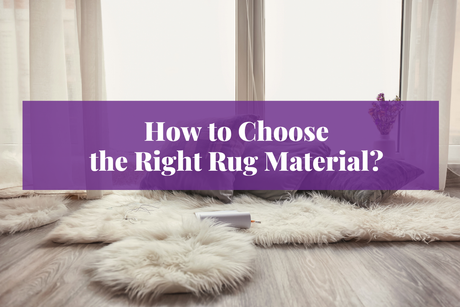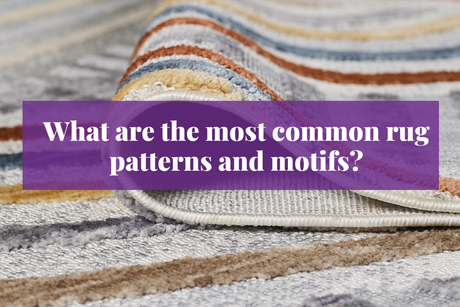You May Also Like
View all-

How to Choose the Right Rug Material
Polypropylene is like the tough guy in the group—strong, reliable, but not exactly the type to offer a cosy hug. If you’re looking for something plush, you might be better...
-

What are the most common rug patterns and motifs?
As you navigate the vibrant tapestry of rug patterns available, think of each choice as an opportunity to stitch your personality into the very fabric of your home. Whether it’s...
-

What are the standard rug sizes in Ireland?
Navigating the choice of rug size for your hallway requires some strategic thinking to ensure functionality and style. It's important to start by leaving at least 1 foot (30 cm)...




